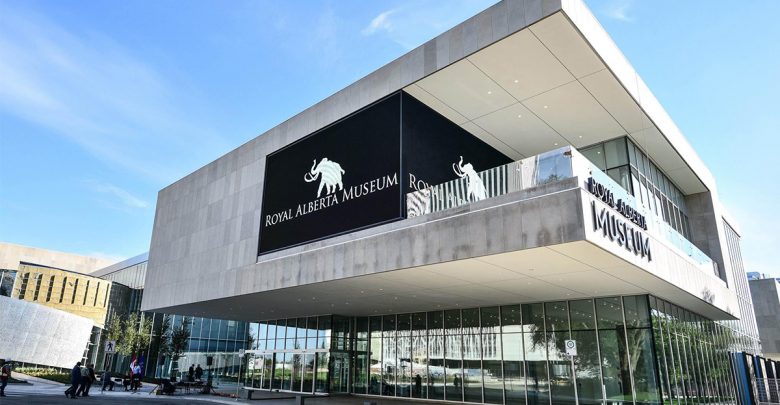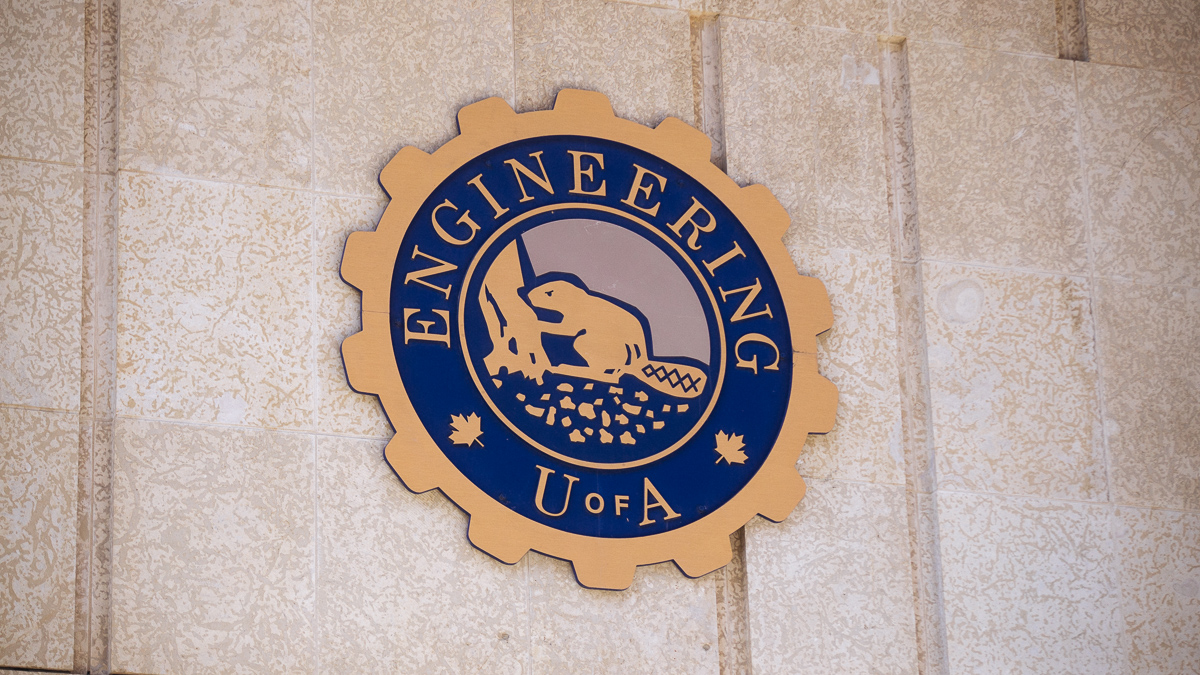 Royal Alberta Museum on Facebook
Royal Alberta Museum on FacebookIn preparation for the Royal Alberta Museum’s reopening on October 3, volunteers like University of Alberta student Wendy Dennis have been helping behind the scenes to care for and organize the collections.
With their Glenora location closed as of December 2015, the Royal Alberta Museum will be opening back up to the public this Wednesday at its new location in downtown Edmonton. The museum will feature four collections including cultural studies, life sciences, earth sciences, and conservation of artifacts, as well as new additions like more artifacts, dioramas, live animals, and interactive exhibits.
Dennis, a fourth-year student in environmental and conservation sciences at the U of A, has worked and volunteered at the museum for the past three years in their education department. She worked mainly on organizing the education collection, which consists of around 5,000 pieces, and helping the department transition to the new space.
“Everything from the education department was in a really small room in the old building,” Dennis said. “It has now moved into a much larger room so it’s given us lots of room to grow.”
The new museum is 419,000 sq. ft. which is twice the size of the old building.
“Now that we’re in the new space everything is where it needs to be, the next step is to barcode everything,” Dennis said. “The education collection has maybe 5,000 objects now. I was responsible for accessioning, photographing, and boxing about 1,000 of those objects.”
With over 2 million objects in the museum’s collection, the off-display objects have yet to be completely arranged and organized in the new facility.
Ashley Hillman, a U of A research assistant in the department of renewable resources and a volunteer with the ornithology department at the museum, added that the extra space makes it easier to do work.
“They had outgrown the old museum,” Hillman said. “Everyone has their own space now. At the old museum, we all shared a freezer. So you’d go in to get a bird and there’d be a frozen cougar there to give you a heart attack every time. But now there’s enough space that each department has their own freezer.”
The new building is not just larger for its human inhabitants, but for the invertebrate ones as well.
“So in the old museum there was this root cellar into the hillside of the river valley,” Hillman said. “That’s where the colony of Dermestid beetles was that we used to clean the flesh off bone artifacts. It was full of spiders, it was gross. Now, these beetles have a penthouse suite on the roof of the new museum.”
The new facility includes a bug gallery with both local and exotic invertebrates and a lab working space behind the scenes called The Hatchery.
Gail Classen recently graduated from the U of A with a degree in animal biology, specializing in entomology and parasitology. She now studies pine beetles in a lab on campus and has volunteered in the museum’s bug gallery.
“Every week I love seeing the bugs, they’re so cute,” Classen said.
Within the exhibits, guests will encounter a number of live animal displays with amphibians, fish, invertebrates, and reptiles. Visitors may even see the collection’s mantis shrimp, a marine invertebrate known for its colourful body and outrageously strong punch.
“I think science outreach is super important,” Classen said, “The new facility is amazing, I’m super excited for it.”




